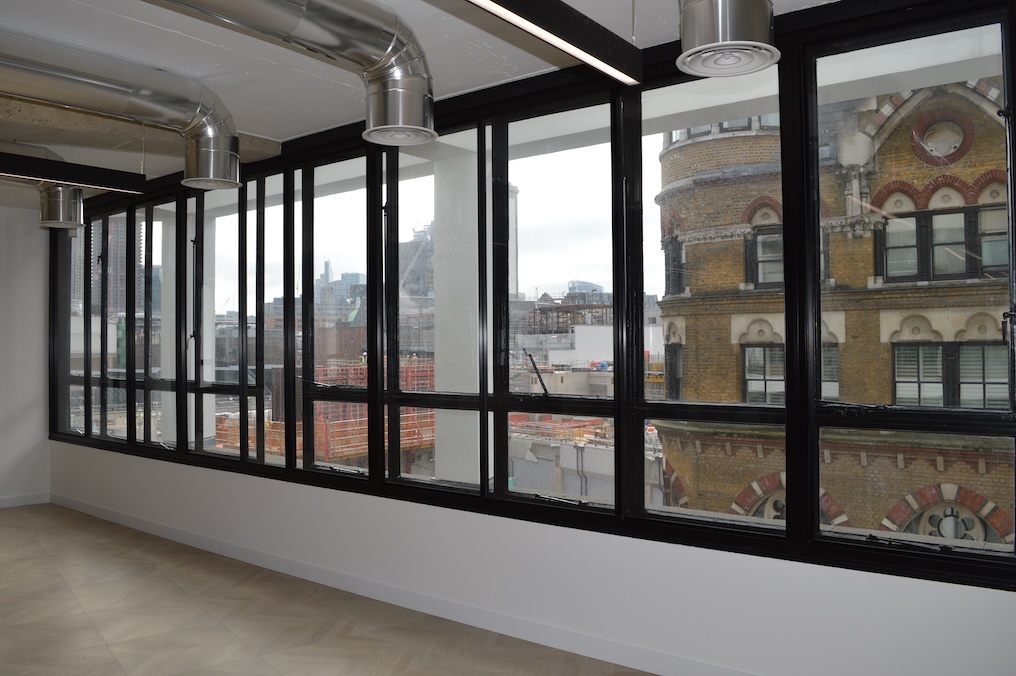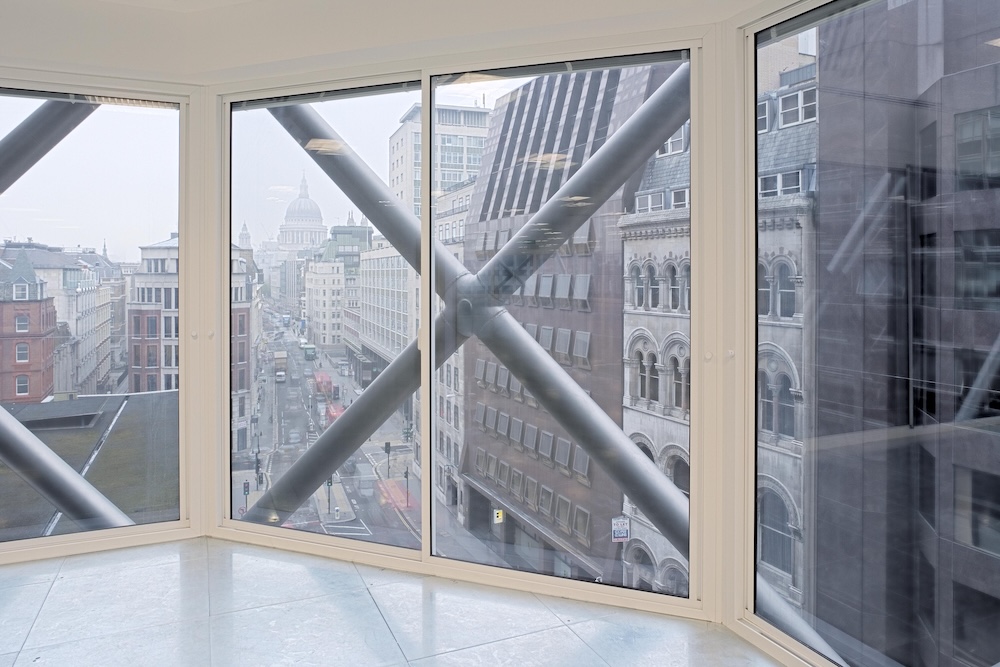We may be the go-to specialist for heritage and listed building glazing, but our expertise spans across most architectural eras. Many 20th century offices, hotels, apartments and property conversions benefit from our thermal and acoustic solutions.
Even modern buildings may not meet the latest performance standards. But demanding targets can be achieved by retrofitting secondary glazing. Adding secondary glazing can reduce heat loss can by 75% if existing windows are single-glazed and by 55% if existing windows are double-glazed.For buildings on roads with high traffic levels, near construction sites, transport links or busy nightlife, secondary glazing is by far the most effective way of acoustic insulation – reducing noise by up to 80%.
Finally, there’s the matter of aesthetics. Secondary glazing can blend in sympathetically without creating additional sightlines. Or it can be used creatively to enhance a look or style.
- Date
- Category
- Secondary Glazing in Practice

Upgrade outdated double glazing
While a lot of 20th century buildings have well-functioning double-glazed windows, many of these are dated when it comes to energy efficiency. Early designs in particular may not feature low-E coated glass or argon gas, which can lead to U-values of 3.3 W/m²K for non-thermally broken metal windows and 2.2 W/m²K for thermally broken metal windows. Selectaglaze secondary glazing with low-E glass can improve U-value to 1.5 W/m²K and 1.25 W/m²K respectively.Meet modern sustainability standards
More and more clients look to secondary glazing as one of the solutions to meet their net zero goals. As well as improving energy efficiency, it is more sustainable than replacing the entire primary window – all the embodied carbon is retained and fewer materials are used in the manufacture of secondary units.
